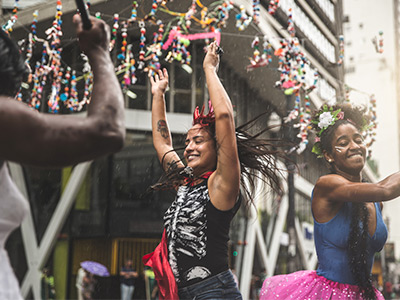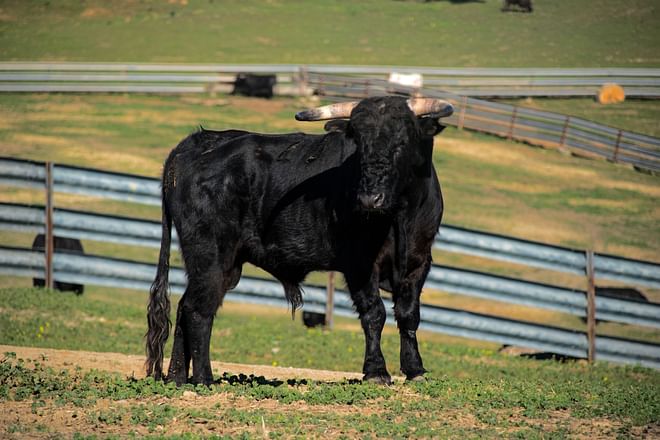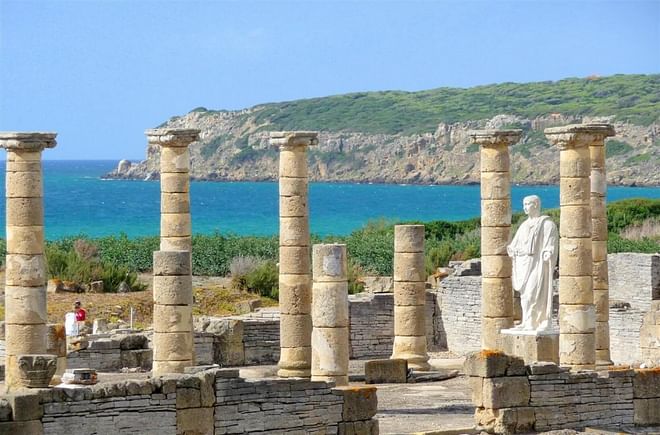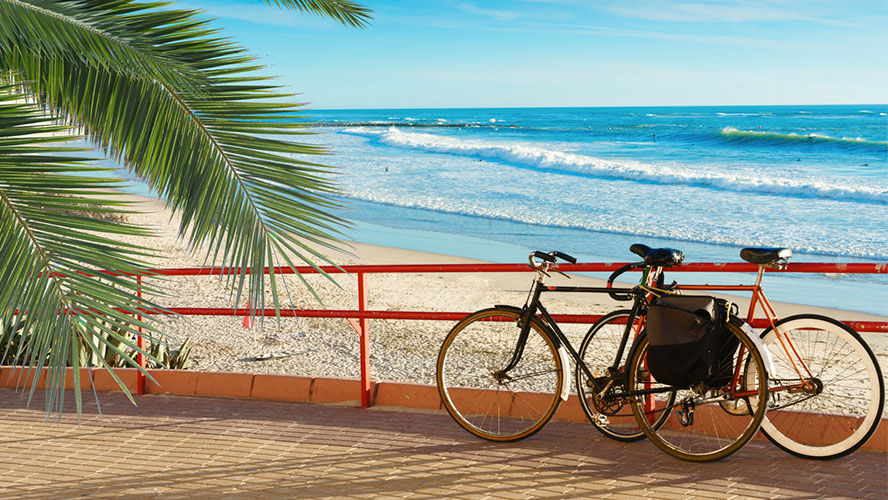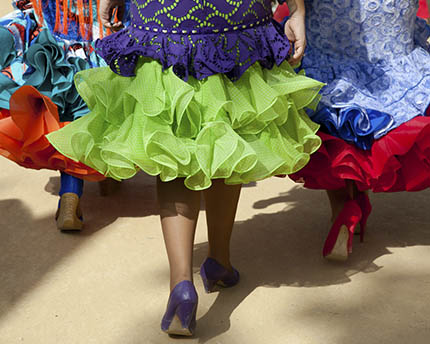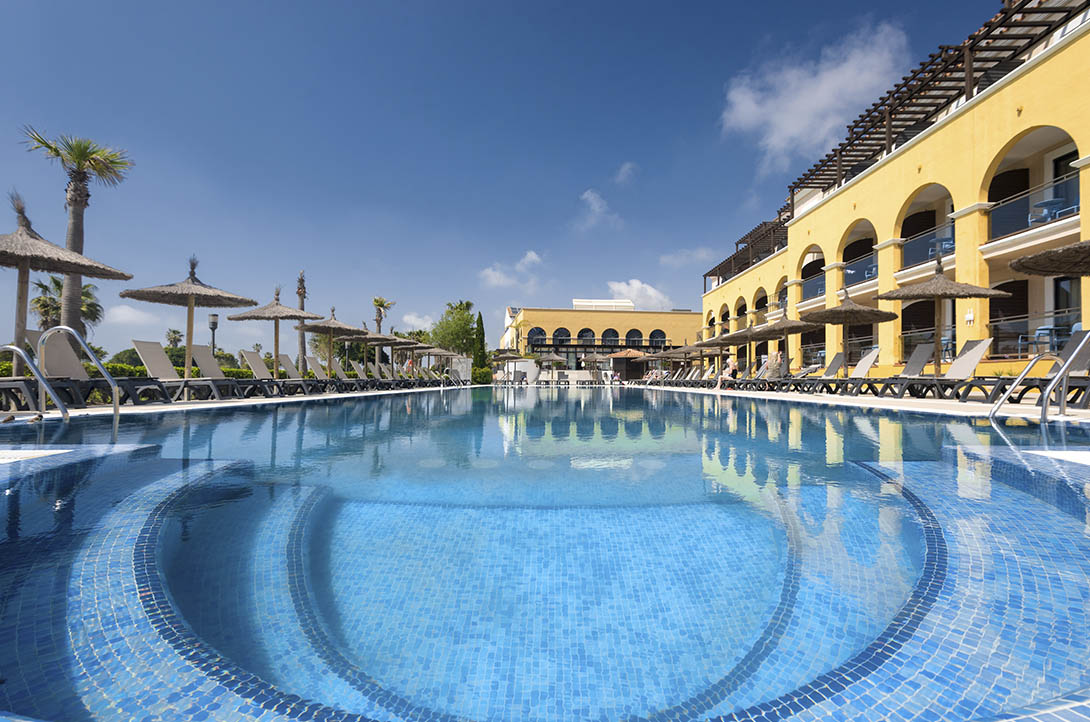Cádiz’s Carnival is the city’s most important festival. Unlike other areas in Andalusia, which tend to hold their ferias between April and October, this city’s main focus is its carnival.
And what a great festival it is! Cádiz’s Carnival season could be said to begin with the end of the Christmas celebrations (7 January), and continues, in one form or another, for several weeks, until the end of February, or into March, depending on when Easter falls in each particular year.
The start of the season is marked by traditional feasts known as erizadas, pestiñadas, ostionadas and mejillonadas (where sea urchins, honey-coated pancakes, oysters and mussels respectively are offered free of charge) and by the start of the preliminary rounds of the Carnival competitions at the Gran Teatro Falla.
Moreover, Cádiz Carnival does not end on Ash Wednesday (which marks the beginning of Lent), but continues for two further weeks: with the Piñata weekend and the Carnaval Chico [Little Carnival] or the Carnaval de los Jartibles [literally: carnival for pests who won’t go away].
Nevertheless, the great festival only truly gets under way with the judging of the competition finals in the Gran Teatro Falla. These take place in the early morning of the Friday preceding the Carnival’s ‘Great Saturday’. From that moment onwards, the festivities move onto the streets and even into the most unexpected places.
It is a common occurrence, as you walk through any street in the historic quarter, to come across a group of ilegales [an unofficial troupe] singing spontaneously and for free. These groups of musicians possess an admirable ability to mock (and criticise) public figures, Government decisions and social attitudes—local, national and international.
Related experiences
The history of Cádiz Carnival
It appears that Cádiz’s Carnival celebrations as we see them today owe much to the presence in the city of Genoese merchants from the sixteenth century onwards. These were attracted by the trading possibilities with America through the city’s port.
The Genoese, along with other Italian merchants, did not only bring their Carnival traditions, but also their puppet characters, planting the seed of what would develop into the Teatro de la Tía Norica [traditional puppet theatre].
The arrival of the Franco dictatorship marked the end of Carnival festivities throughout Spain, although in Cádiz Carnival celebrations continued in a more or less clandestine form. This remained the case until, in 1947, a munitions store exploded, causing the death of hundreds of Cádiz’s inhabitants. As a means of making amends to the city’s population, the authorities decided to allow Carnival celebrations to resume, albeit camouflaged beneath the title of Typical Cádiz Festivals. Nevertheless, the lyrics of the songs created by the various Carnival troupes were controlled (and censored) by those authorities.
With the arrival of democracy in Spain (in 1977), Carnival regained its true essence. In recent years, Cádiz’s Carnival has acquired even greater significance, as troupes from various parts of Andalusia and from the rest of Spain have begun to participate.
Cádiz Carnival: chirigotas
In Cádiz Carnival, the chirigotas (choral folksongs) play a special role. The name is given to both the troupe (of between 7 and 12 members) and to the musical compositions they perform. These are normally satirical and comical. And the tipo (disguise) worn by every member of the chirigota is always related to the central theme common to all the compositions.
The performance of a chirigota is divided into sections: the introduction, the pasodobles, the couplets, the refrain and the medley. The performance generally lasts 15-20 minutes and in between the songs there are jokes aimed at getting the audience on board.
Most of the ilegales (troupes that have not registered or not qualified for the competition at the Gran Teatro Falla) are chirigotas. They tour the city, positioning themselves in strategic spots during the week following the final at the Falla and over the two following weekends (the Piñata and the ‘de los Jartibles’ weekends).
Around them gather crowds of passers-by who reward the best performances by buying the lyrics of their songs at a nominal sum.
What are the Cádiz comparsas?
Like the chirigotas, Cádiz Carnival’s comparsas are troupes of performers, usually numbering around 14 members. Among them are tenors, second tenors, octavillas and counter tenors who harmonise in a truly spectacular way.
They also act out masquerades wearing costumes related to the themes of their songs. Although some songs may introduce comical elements, there is no doubt that their main object is to proclaim grievances and to denounce political and social wrongs.
In fact, the comparsas were the main reason for the censorship enforced during the years of dictatorship.
The performance is divided into: the introduction, the pasadobles, the couplets and the medley. In general, the pasodobles are the most eagerly awaited and are enthusiastically applauded by the audience.
One of the most popular places for the performance of comparsas is the La Viña neighbourhood, particularly during the evening and night on the Carnival’s most important days.
The Carnival Grand Final
Cádiz Carnival’s climax is the Carnival Grand Final at the Falla Theatre. For hours, the carnival troupes which have progressed through the qualifying stages compete, each under their particular category:
- Chirigotas
- Comparsas
- Choirs: with a maximum of 45 members (10 of whom will be in the orchestra). The blend of voices is both exciting and magnificent.
- Trios, quartets and quintets: despite the fact that their performances include musical compositions, the common denominator is satirical drama.
Each category has up to four troupes, which explains the length of the show. The show begins at 10:00 PM on the Friday, and continues well into the early hours of the following morning.
Then there is the time required for the deliberations of the judges and for the official announcement of the winners, which may not even happen until after dawn has broken.
There is a lottery system for allocating tickets among people who are interested in attending the Final at the Falla Theatre. There are also a limited number of courtesy seats offered by the organisers. In either case, it is a real privilege for residents of Cádiz and for many Andalusians to acquire a couple of tickets for the Final of the Cádiz Carnival.





























































